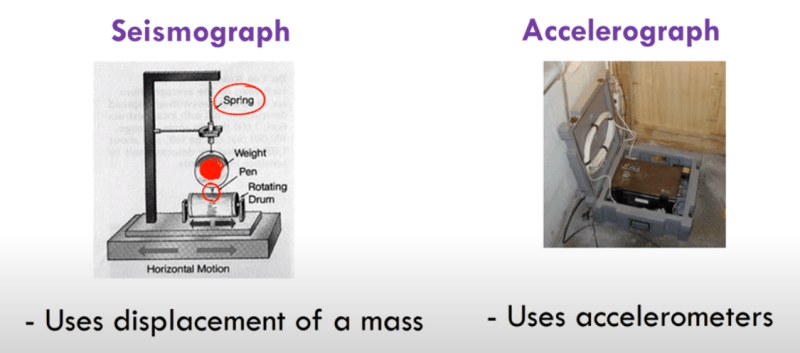In modeling seismic slope stability, it is "typical" to model the horizontal acceleration coefficient of 0.5xPGA(site modified). It is my understanding that the 0.5 factor applied to PGA is to account for short duration of loading. My question is, if a site has site-specific ground vibration data via seismographs for nearby blast vibrations, is it appropriate to apply the 0.5 factor to the recorded peak ground acceleration?
If my seismograph as a PPA of 0.18g, should my stability model use kh = 0.18 or kh = 0.09?
Your thoughts are much appreciated.
If my seismograph as a PPA of 0.18g, should my stability model use kh = 0.18 or kh = 0.09?
Your thoughts are much appreciated.

